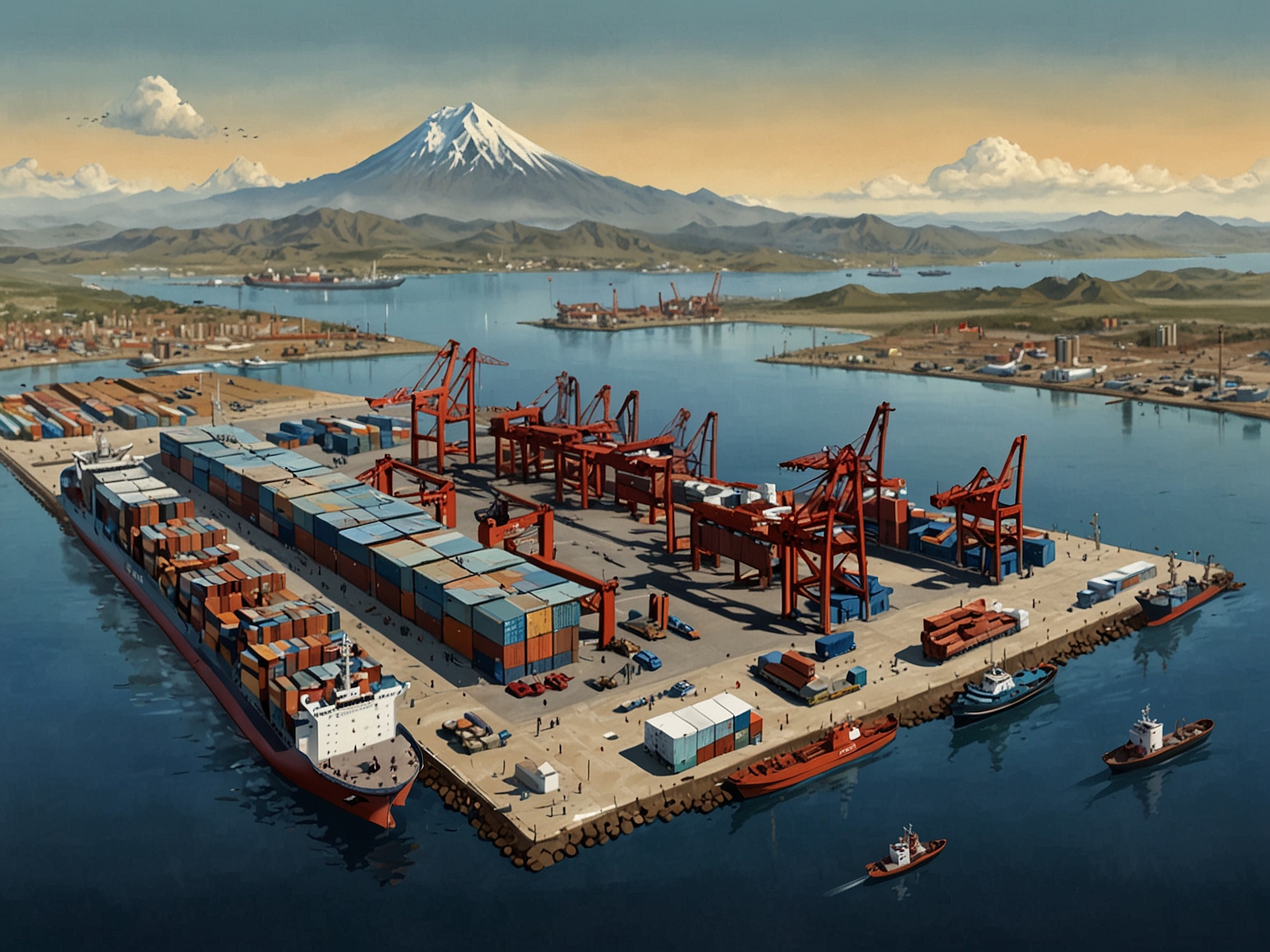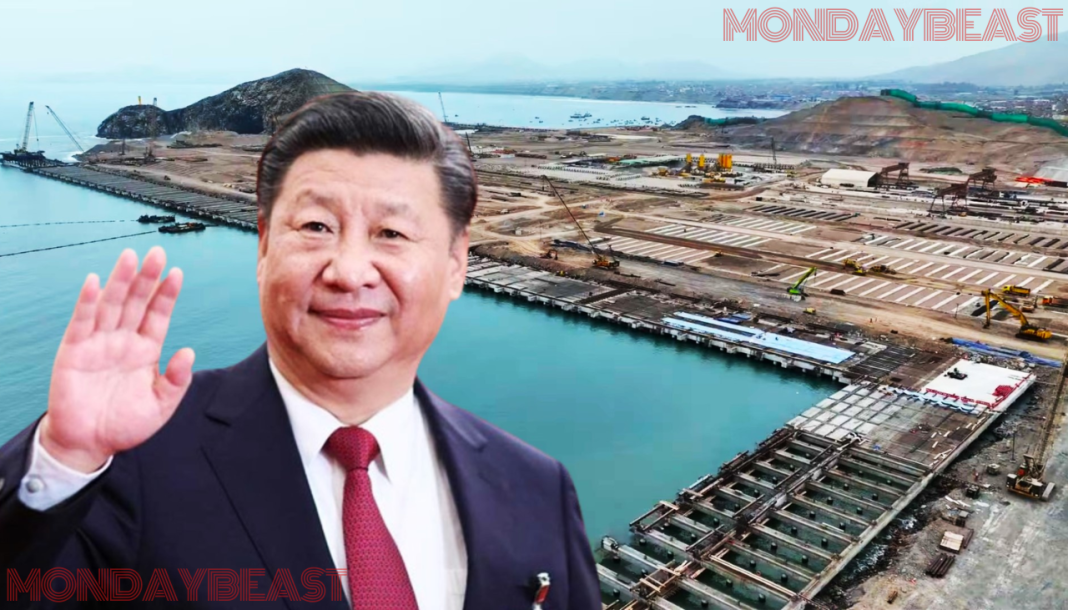The inauguration of the Chancay Megaport has sparked intense debate. On November 14, Xi Jinping and Peru’s Dina Boluarte unveiled this ambitious project. It’s located just 80 kilometers north of Lima. But what does this really mean for the region?
This new port is now a crucial piece of China’s grand strategy. It falls under the Belt and Road Initiative, which seeks to expand China’s global reach. Chancay promises to enhance trade routes between Asia and Latin America.
Many analysts view this as more than just a commercial venture. The port could redefine supply chains away from Western influences. This shift is especially pertinent amid rising tensions between China and the U.S.
The mega-project is notable for its scale. COSCO Shipping, a state-owned Chinese enterprise, has majority control. By facilitating faster trade routes, it drastically cuts shipping times. This could change the dynamics of international trade in the Pacific.
Why does this matter? Well, it’s about leverage. There’s an urgent need for countries to diversify their supply chains. With growing friction between China and its rivals, Chancay offers an alternative.
The American response has been one of apprehension. Analysts warn that Chancay might become a military foothold in the region. After all, infrastructure like this can serve dual purposes.
Brazil, historically cautious about China’s motives, looks warily at expanding ties. As the largest economy in Latin America, it faces a dilemma. While robust trade with China benefits its economy, the risks of over-dependence loom large.

This isn’t an isolated project; Chancay connects to a web of China’s investments. Argentina’s space station and Ecuador’s dam projects illustrate this trend. Each investment raises questions over sovereignty and environmental impacts.
In Peru’s case, local tensions have already emerged. Policy changes aimed at adjusting the contract with COSCO have failed. Communities fear lasting ecological damage from the port’s construction.
Environmental advocates raise alarms about the coast’s fragile ecosystems. The port’s presence could threaten local fisheries and biodiversity. How will Peru balance economic growth with environmental stewardship?
In terms of job creation and economic potential, it’s a double-edged sword. The promise of 8,000 jobs is enticing. Yet, the long-term implications of Chinese control remain questionable.
As we dissect this complex narrative, one point emerges: geopolitics is shifting. The Chancay Megaport exemplifies China’s intent to weave itself into the fabric of Latin America’s economy.
For the United States and its allies, this development is a wake-up call. Can they still exert influence in a region increasingly shaped by Chinese interests?
In summary, the Chancay Megaport signifies more than just economic ambition; it reflects a strategic play for power. As countries navigate these shifting tides, the implications for global trade and security are profound.




